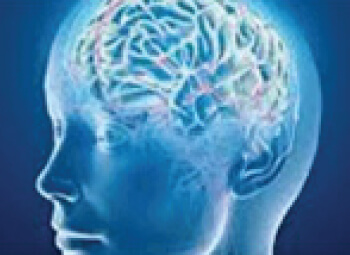In case you missed these three stories last week, here’s a recap. We hear so much about how prevalent Alzheimer’s disease is, and the statistics tell a troubling tale. Just recently the Alzheimer’s Association released a report containing these sobering numbers:
- Alzheimer’s disease is the sixth leading cause of death in the United States.
- More than 5 million Americans are living with the disease.
- 1 in 3 seniors dies with Alzheimer’s or another dementia.
- In 2012, 15.4 million caregivers provided more than 17.5 billion hours of unpaid care valued at $216 billion.
- In 2013, Alzheimer’s will cost the nation $203 billion. This number is expected to rise to $1.2 trillion by 2050.
“While ambiguity about the underlying cause of death can make it difficult to determine how many people die from Alzheimer’s, there are no survivors. If you do not die from Alzheimer’s disease, you die with it,” the association said.
More Alzheimer’s news

Alzheimer’s research holds great promise. We know uncontrolled hypertension is a risk for a number of problems. A study released last week in JAMA Neurology found that patients with hypertension and at least one genetic risk factor for Alzheimer’s disease may develop increased brain amyloid deposits—implicated in the disease.
“Vascular disease is a prevalent age-related condition that is highly responsive to both behavioral modification and medical treatment,” the authors wrote. “Proper control and prevention of risk factors such as hypertension earlier in the life span may be one potential mechanism to ameliorate or delay neuropathological brain changes with aging.”
Brain pacemaker brings hope
Last fall, a female patient at The Ohio State University Wexner Medical Center received a brain pacemaker implant as part of an FDA-approved study scheduled through 2015. It seeks to determine if the device can help stem cognitive and behavioral changes caused by Alzheimer’s disease. The pacemaker utilizes deep brain stimulation or DBS—it’s currently used to treat patients with movement disorders like Parkinson’s disease. In this study, electrodes are inserted into the brain where pathways for memory, behavior, concentration and other cognitive functions converge, an Ohio State doctor told the Associated Press.
Alzheimer’s research
We’re hopeful as science looks outside the pillbox for other ways to counter the Alzheimer’s demon.